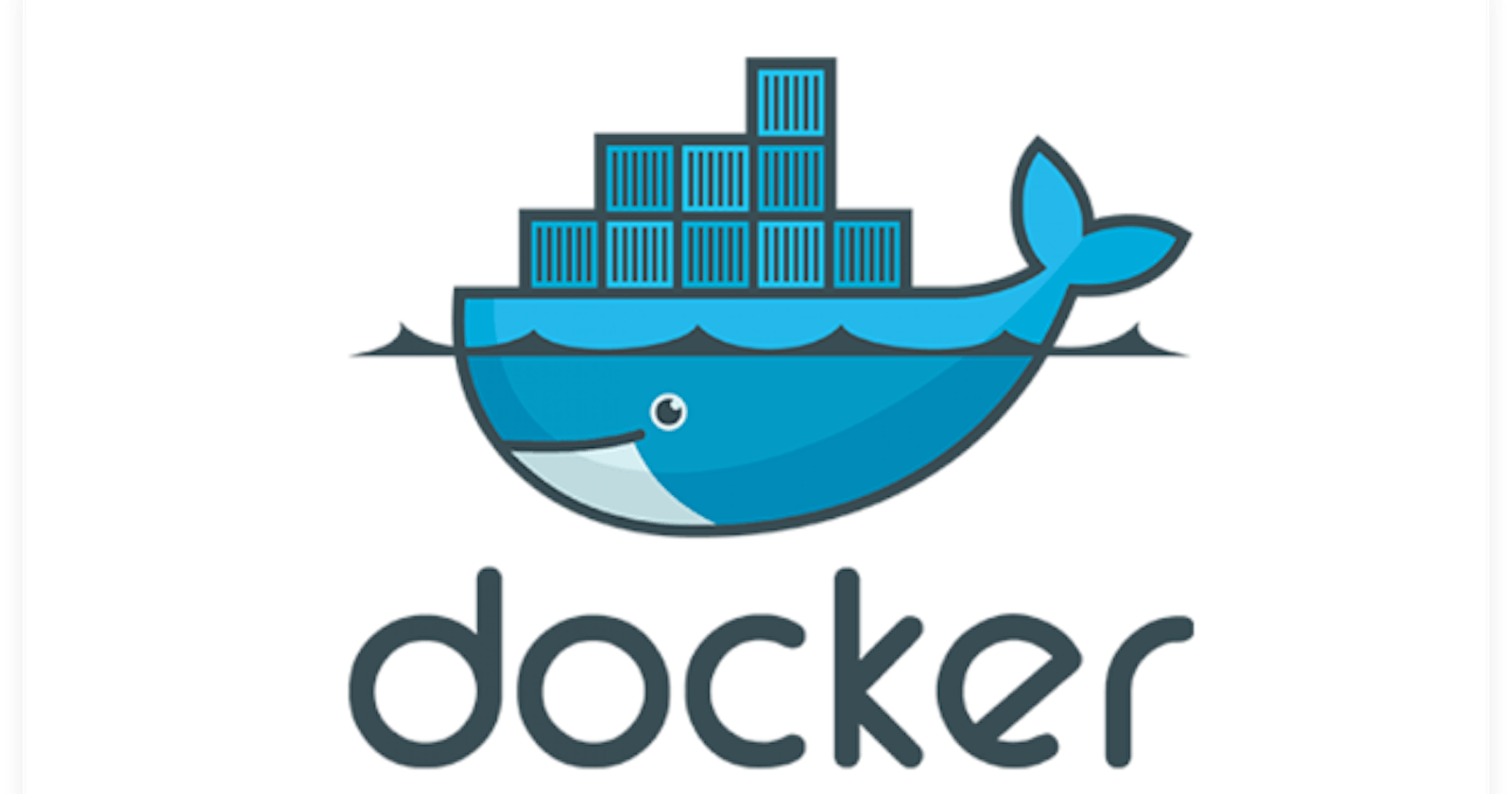What is Docker?
Docker is a platform that allows developers to package an application and all its dependencies into a container which can then be run on any Docker-enabled host, regardless of the underlying operating system. This makes it easy to develop, test, and deploy applications across different environments, without having to worry about compatibility issues.
Docker improves resource utilization, increases the portability and scalability of applications, and simplifies the development and deployment process.

In Docker, there are three main concepts that you need to understand: Dockerfile, Docker images, and Docker containers.
Dockerfile: A Dockerfile is a text file that contains instructions for building a Docker image.
These instructions include the base image, installing any necessary software packages and dependencies, setting environment variables, configuring the network and ports, and defining the commands to run when a container is launched.
Docker images: A Docker image is a binary file that contains everything needed to run an application. An image is built from a Dockerfile and can be stored in a registry such as Docker Hub.
Docker containers: When we run the docker image it will create a container for us that contains an application and all its dependencies. Each container is independent and can be run on any Docker-enabled host, making it easy to deploy and scale applications across different environments.
Install Docker on Ubuntu
Remove any docker file running on the system using the below command,
sudo apt-get remove docker docker-enginedocker.ioUpdate the package database,
sudo apt-get updateInstall docker using the below command,
sudo apt installdocker.ioInstall all dependency packages,
sudo snap install dockerYou can check the version of docker installed using this command,
docker --versionTo check the docker installation is done correctly you can run the below command,
sudo docker run hello-world
Tasks
As you have already installed Docker now is the time to run Docker commands.
Use the
docker runcommand to start a new container and interact with it through the command line.
Use the
docker inspectcommand to view detailed information about a container or image.
Use the
docker portcommand to list the port mappings for a container.When you run the image you can use the following command it will map port 8000 of the container to port 8000 of the host machine,
sudo docker run -d -p 8000:8000 ImageID
Use the
docker statscommand to view resource usage statistics for one or more containers.
Use the
docker topcommand to view the processes running inside a container.
Use the
docker savecommand to save an image to a tar archive.For example, to save the httpd image to a tar archive named "httpd-image.tar".

Use the
docker loadcommand to load an image from a tar archive.If you want to load an image from a tar archive named "httpd-image.tar".

Thank you for reading the blog.
Suggestions are always welcome. Thank you !!
